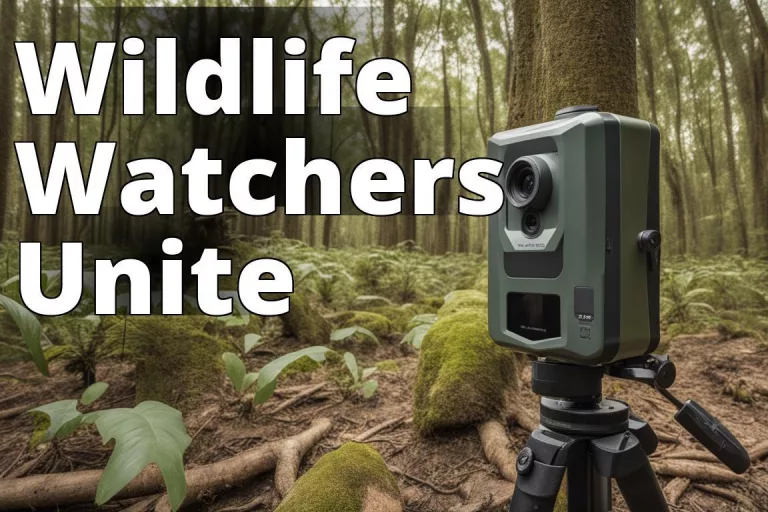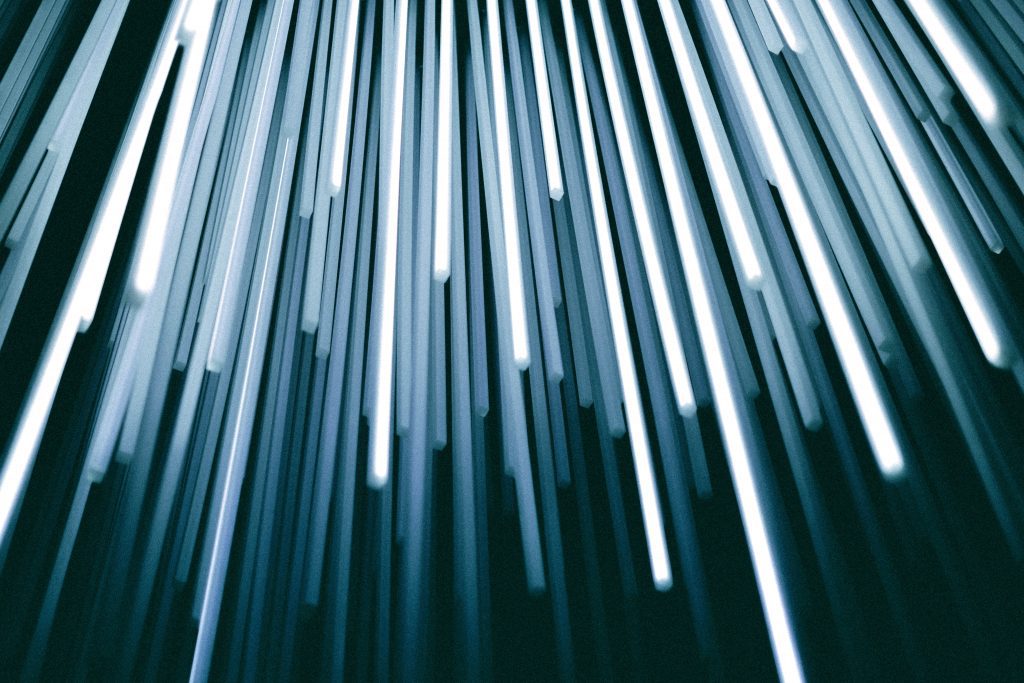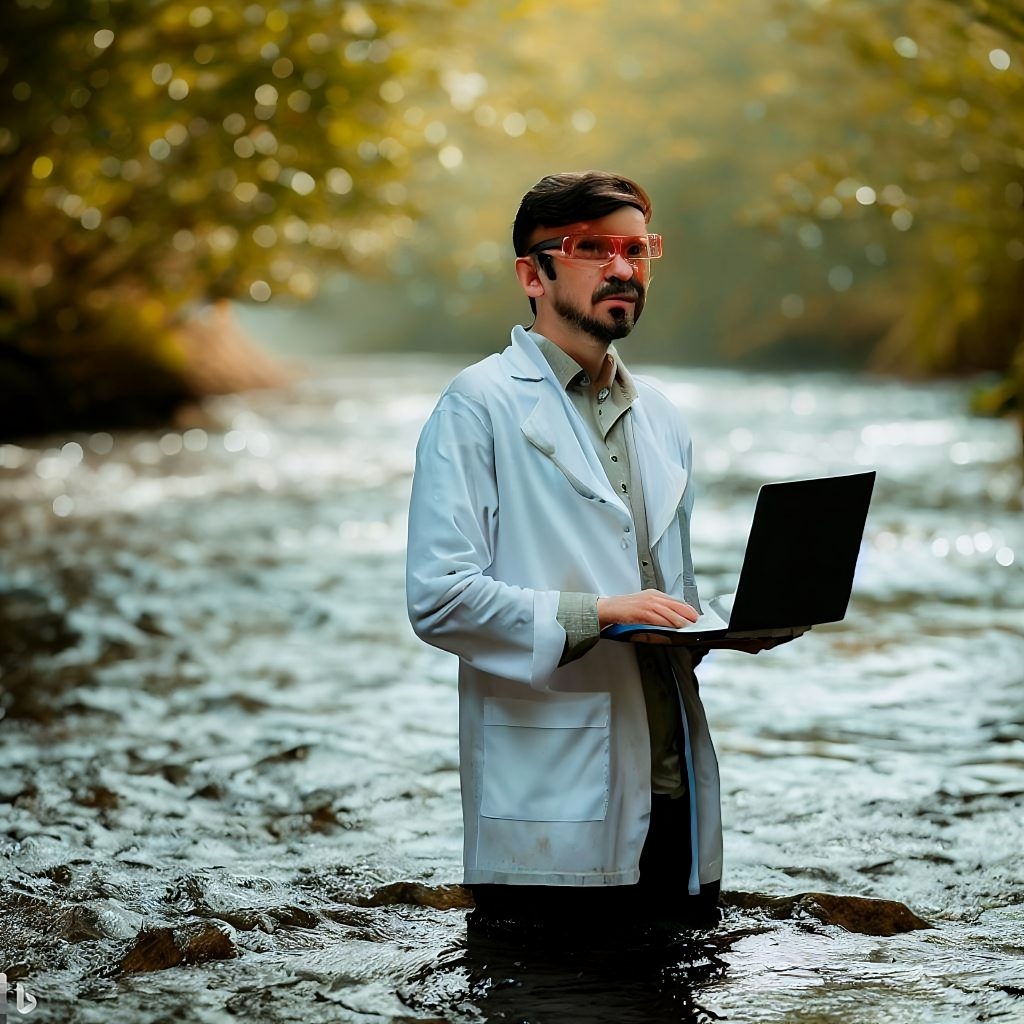Camera traps: you might think of them as the silent watchers of the wild, the unblinking eyes in the forest, or technology’s answer to capturing the mysteries of the natural world without disturbing it. In this comprehensive guide, we’re going beyond just scratching the surface. We’re diving deep into the world of camera traps, focusing not only on what they are and how to use them but also on their profound impact on environmental monitoring and conservation efforts. This isn’t just about getting a snapshot of a passing animal; it’s about understanding and protecting our planet.
Learn about Camera Traps for Environmental Monitoring
- Camera traps are remote cameras.
- They work by detecting motion or heat to capture images.
- Used for monitoring wildlife and environmental research.
What are camera traps?
At their core, camera traps are remotely activated cameras equipped with motion sensors or infrared triggers. Designed to be left unattended in the wild for extended periods, these devices capture images or videos of wildlife without the need for a human to press the shutter. But let me tell you, camera traps are more than just fancy gadgets for capturing cool animal selfies. They are a critical tool in the arsenal of conservationists, researchers, and anyone with a vested interest in understanding and preserving our natural world.
How do camera traps work?
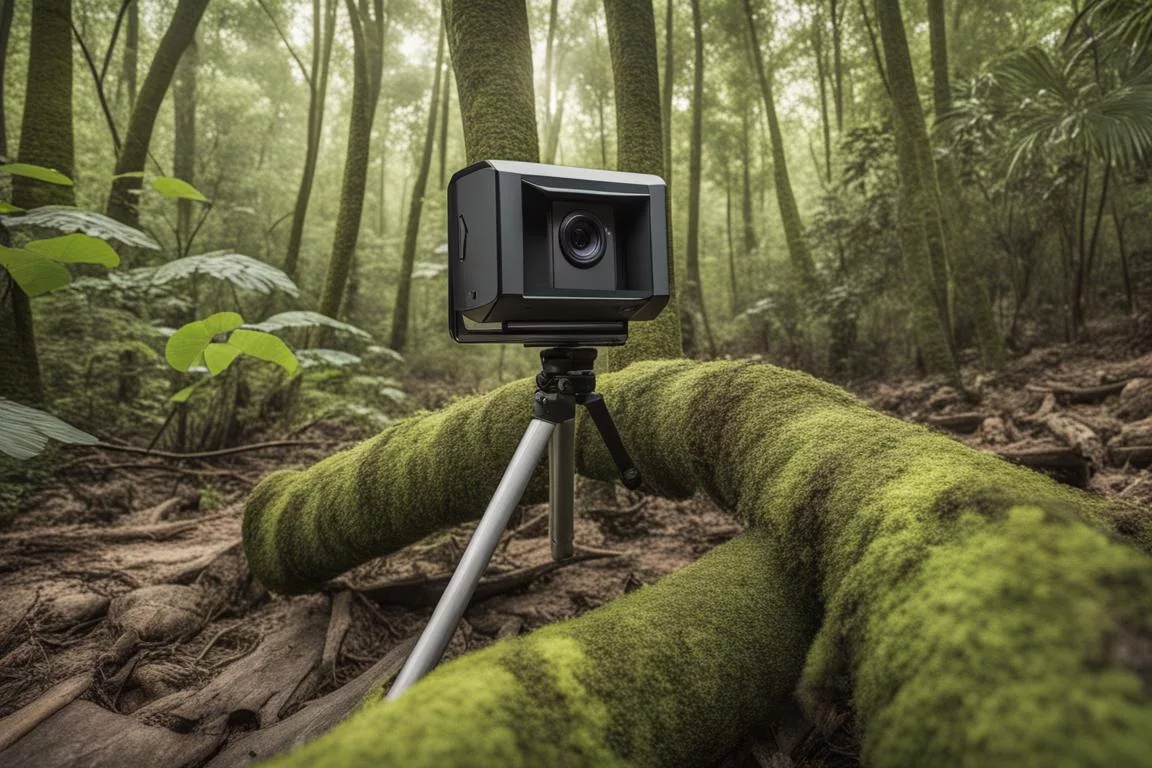
The magic of camera traps lies in their simplicity and efficiency. A motion sensor or an infrared sensor detects the animal’s heat and movement, triggering the camera to capture an image or video. This mechanism allows for the collection of valuable data with minimal disturbance to wildlife. Imagine setting up a camera in a remote part of the Amazon rainforest or the snowy expanses of the Arctic areas where human presence is limited at best. Camera traps do exactly that, silently monitoring the comings and goings of species that might otherwise remain enigmatic.
What are camera traps used for?
Insider Tip: “Camera traps provide us with the eyes to see where we cannot be. They’ve revolutionized our ability to monitor species diversity, abundance, and behavior,” says Dr. Jane Goodall, a renowned primatologist.
Camera traps have myriad uses in environmental monitoring, including tracking rare and elusive species, studying animal behavior, and monitoring poaching activities. They offer a non-invasive method to gather critical data, contributing significantly to conservation strategies. From the towering forests of Borneo to the vast savannahs of Africa, camera traps bring invaluable insights into wildlife populations and their habitats.
How do I use camera traps?
Using camera traps might seem daunting at first, but it’s quite straightforward once you get the hang of it. The key is in the placement finding a location where animals are likely to pass by. Trails, water sources, or natural chokepoints make excellent spots. Ensure the camera is securely mounted and aimed correctly; you don’t want to end up with a gallery of half-captured images or the nighttime activities of a curious squirrel.
What are the best camera traps?
When it comes to choosing a camera trap, the options can be overwhelming. Look for cameras with a fast trigger speed, long battery life, and robust design to withstand the elements. Brands like Bushnell, Reconyx, and Browning have consistently been at the forefront, offering models that cater to both beginners and seasoned professionals.
How much do camera traps cost?
The cost of camera traps can vary widely, ranging from under $100 for basic models to over $500 for high-end versions with all the bells and whistles. While it might be tempting to go for the cheapest option, remember that durability and reliability are paramount. Consider it an investment not just in a piece of technology, but in the future of conservation.
What are the best camera trap accessories?
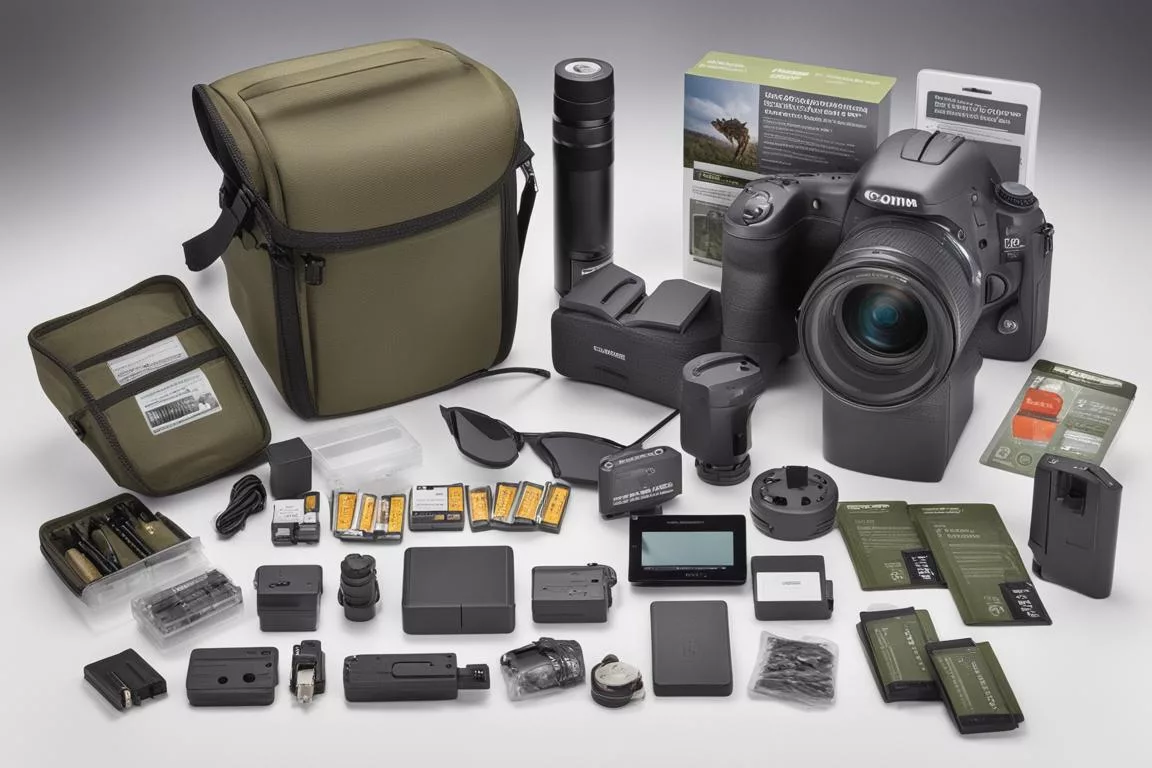
To get the most out of your camera trap, you’ll need more than just the camera itself. High-capacity memory cards, additional batteries or solar panels, and secure mounting equipment are essential for extended deployments. Waterproof cases can also be a game-changer, especially in humid or rainy environments.
How do I set up a camera trap?
Setting up a camera trap requires a blend of technical knowledge and an understanding of animal behavior. Start by selecting a site that’s likely to see animal activity. Then, mount your camera trap at the right height and angle, ensuring it’s camouflaged and secure. Test the setup to ensure it’s working as expected, and remember to check local regulations and obtain necessary permissions before setting up your camera in the wild.
How do I get the best results from a camera trap?
To maximize the potential of your camera trap, pay attention to details. Use high-quality batteries and memory cards to ensure reliability and storage capacity. Aim for the optimal height and angle, usually knee-high and tilted slightly downward for terrestrial animals. Lastly, be patient. It might take several attempts to find the best spot or settings for capturing the wildlife you’re interested in.
What are the best settings for a camera trap?
Finding the right settings for your camera trap can be a process of trial and error. Start with a medium resolution to balance image quality and storage space. Set the trigger speed based on the expected animal movement faster for quick species, slower for larger, slower-moving animals. Consider using a burst mode or video setting to capture more than just a single moment.
How do I know if an animal has been photographed by a camera trap?
Most camera traps have a built-in viewer or connect to an app that lets you check the captured images directly on the device. This instant feedback is invaluable for adjusting your setup or confirming the presence of target species in the area.
What are the best places to put a camera trap?
The best places for camera traps are where animals naturally pass through. Look for animal tracks, feeding sites, or territorial markers. Water bodies, especially in dry seasons, can be particularly productive. Remember, the goal is to blend the camera into the environment while ensuring it has a clear view of the passing wildlife.
How do I avoid false triggers on a camera trap?
False triggers, where the camera is activated by non-target movements like swaying branches, can fill your memory card with irrelevant images. Minimize this by avoiding areas with heavy vegetation directly in front of the sensor and by adjusting the sensitivity settings according to the size of the animals you’re targeting.
How do I avoid theft of a camera trap?
Unfortunately, camera traps can be targets for theft. Use security boxes, camouflage, and discreet placement to make your camera trap less noticeable. Some models come with GPS tracking or alert systems, offering an added layer of security.
What are the best ways to power a camera trap?
Long-term deployments require reliable power sources. While most camera traps run on batteries, solar panels can offer a sustainable alternative, especially in sunny environments. Some newer models even come with built-in solar charging capabilities.
How do I maintain a camera trap?
Regular maintenance is crucial for the longevity of your camera trap. Check and replace batteries as needed, clean the lens and sensors, and ensure the housing remains waterproof. It’s also a good idea to periodically check the firmware updates from the manufacturer for improvements and bug fixes.
What are the best ways to view and share images from a camera trap?
In today’s digital age, there are numerous ways to view and share your camera trap images. Many models allow for wireless data transfer to a smartphone or computer. For sharing, consider using dedicated wildlife monitoring platforms or social media to engage with a community of like-minded individuals and researchers.
In conclusion, camera traps are an indispensable tool for environmental monitoring, offering a unique blend of technology and nature observation. Whether you’re a seasoned conservationist or a tech enthusiast with a passion for wildlife, the world of camera traps opens up endless possibilities for exploration and discovery. By understanding the nuances of selecting, setting up, and maintaining these devices, you can contribute to the vital work of preserving our planet’s biodiversity. Let’s embrace this technology, not just as a means to an end but as a way to connect more deeply with the natural world around us.
Frequently Asked Questions
Who can benefit from using camera traps for environmental monitoring?
Researchers, conservationists, and wildlife biologists can benefit.
What is the purpose of camera traps in environmental monitoring?
Camera traps help capture data on wildlife behavior and population trends.
How can camera traps contribute to climate change research?
Camera traps provide valuable insights into how species are adapting to changing environments.
What if I’m concerned about the impact of camera traps on wildlife?
Camera traps are designed to minimize disturbance to animals and their habitats.
How can I set up camera traps for effective environmental monitoring?
Place camera traps in strategic locations based on research goals and wildlife behavior.
What if I don’t have technical expertise to use camera traps?
Many camera trap models are user-friendly and come with detailed instructions.
